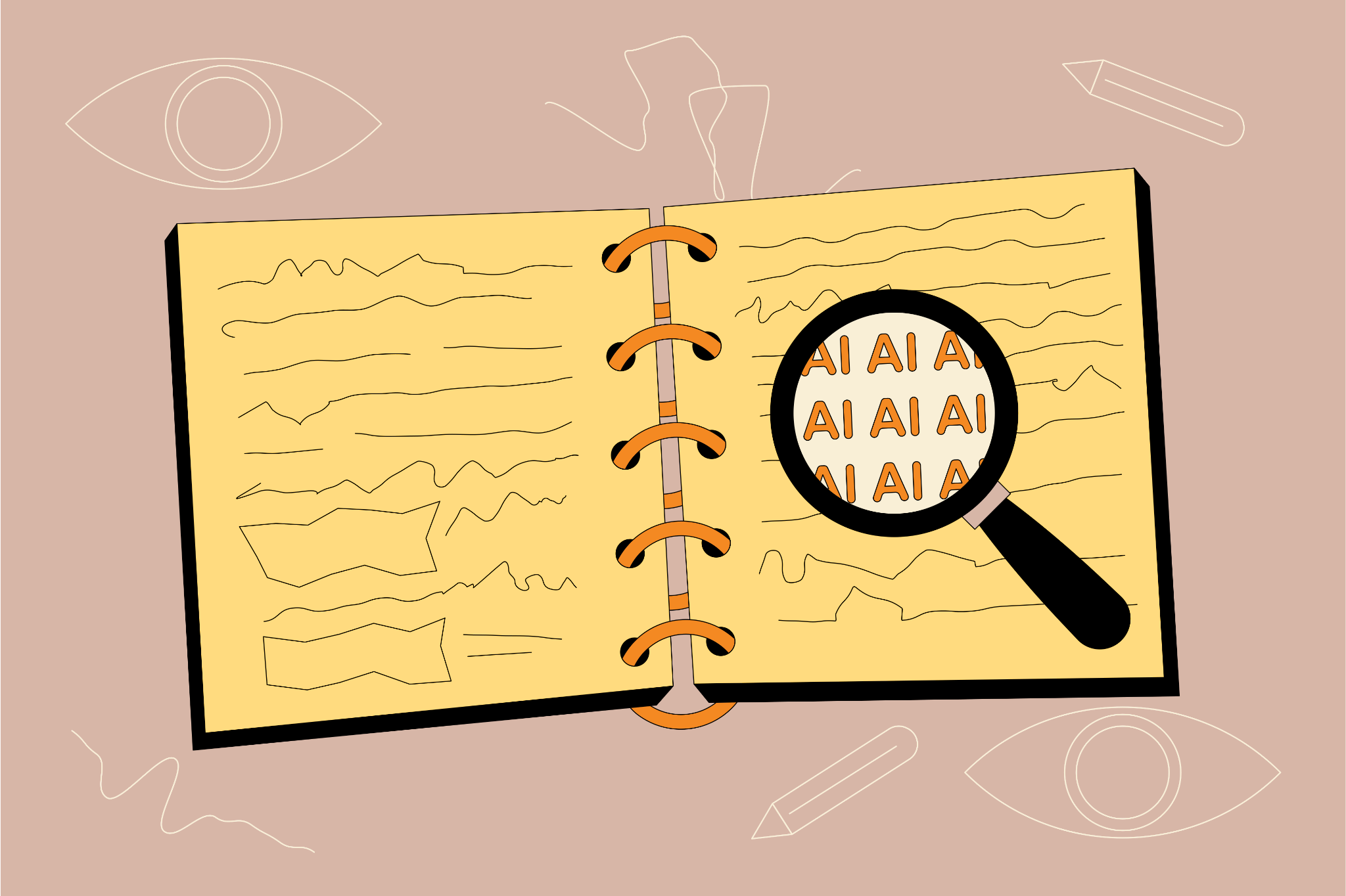AI Detection Checklist for Educators
Detection tools can flag suspicious work, but they do not tell you what to do next. You need specific, observable evidence before starting an academic integrity conversation.
This checklist gives you 17 indicators to evaluate suspected AI use in student work.
Why are detection tools not enough
AI detectors like Turnitin and GPTZero can produce false positives. A high score means “look closer,” not “this is AI.” You still need patterns that are visible in the work itself.
What to look for
The checklist helps you spot four common signs of undisclosed AI use:
Style shifts. Personal voice disappears and is replaced by generic academic language, or a previously struggling student suddenly submits flawless writing.
Uniform structure. Paragraphs have identical length, and sentences follow repetitive patterns that real writing rarely sustains.
Missing depth. No personal insight, no sensory detail, and no engagement with counterarguments. You see smooth, confident statements without substance.
Citation problems. Sources that do not exist, unverifiable facts, or statistics without attribution.
How does this help
Gather real evidence. Multiple indicators give a fairer evaluation than any detection score alone.
Protect everyone. Avoid false accusations that damage trust and waste time.
Document your process. Clear evidence supports your decisions if a case escalates.
Have better conversations. Point to specific patterns instead of citing a percentage.
Developed by Alym Amlani and Paul Davis to help educators make evidence-based decisions about AI use in student work.
Questions? Contact me.
